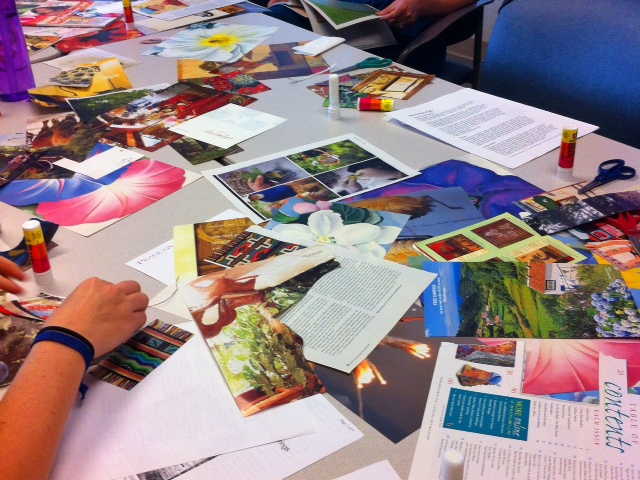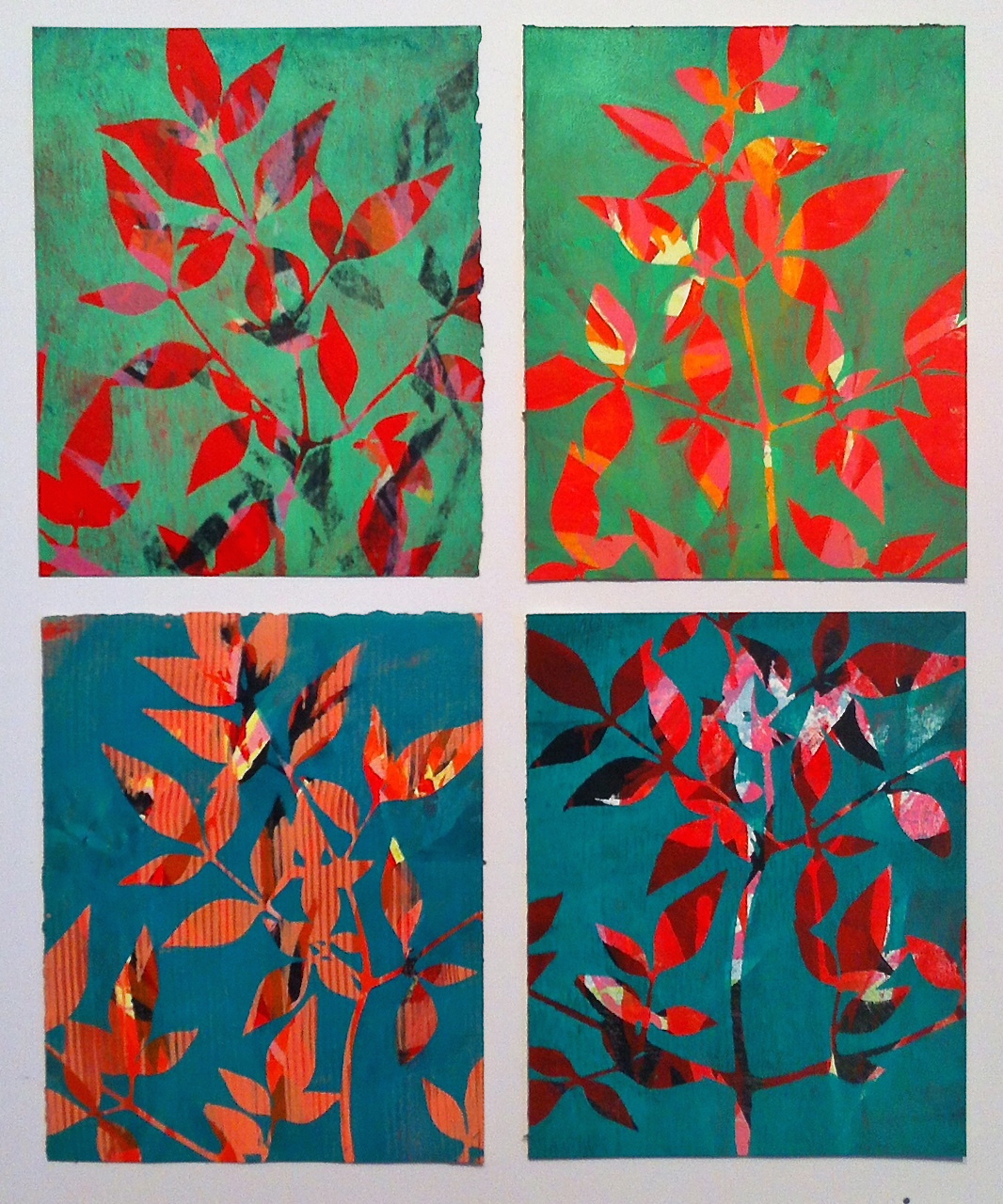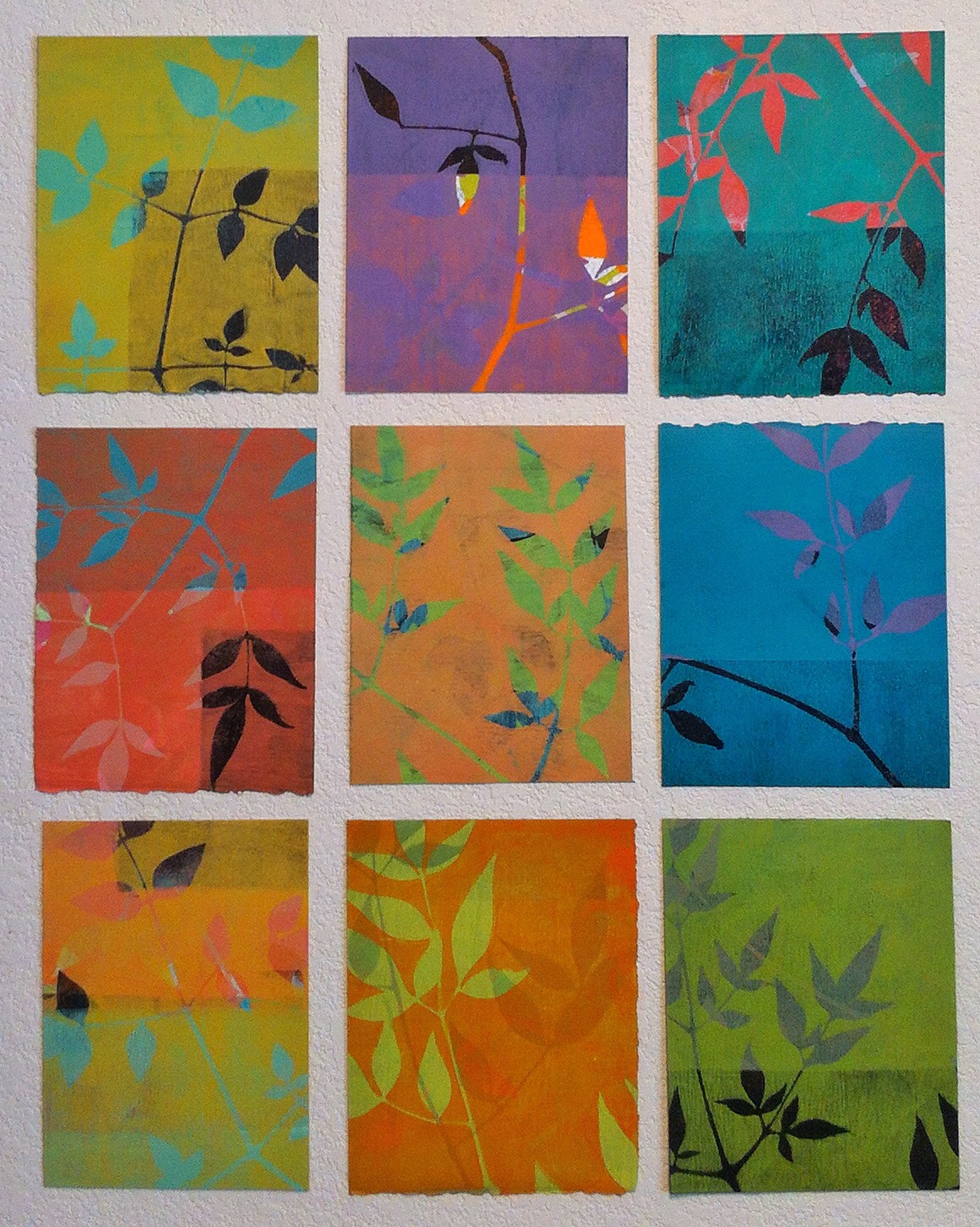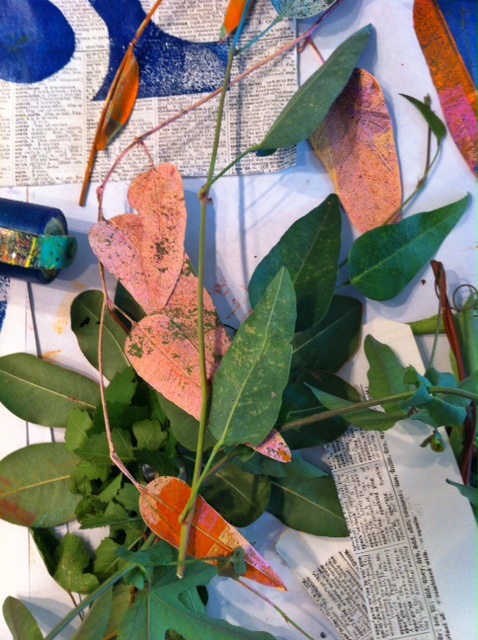 Self-care. The word sounds a bit stiff, as if someone who liked the meaning of the two words separately, put them together and ended up with less than when they began.
Self-care. The word sounds a bit stiff, as if someone who liked the meaning of the two words separately, put them together and ended up with less than when they began.
Many times, this essential, bottom line topic is trivialized and minimized so that we keep it at a distance. Frequently, at a healthcare conference, it is the last topic of the day. You are filled to the brim with useful information and ideas, you’re ready to call it a day, and with a scant half hour to go, the moderator gets up to speak on self-care.
The advice is boiled down, then offered up like overcooked vegetables: Remember to breathe. Eat well. Sleep. Rest-- and of course, exercise. All good advice, but how many of us are listening?
We need to be more resourceful in how we look at self-care. It is, in fact, a form of treatment. Vital word: as in therapy, remedy, cure, to care for. Rather than leaving it to chance and the final scraps of the day, I propose that we look at caring for ourselves as if we were a patient or client under our own care. We need to assess ourselves as carefully as we would that patient.
I like to remember quotations I learned in college. One that stands out is from Shakespeare’s Hamlet: “This above all… To thine own self be true.”
I understand Shakespeare's words to mean, in this context, that each of us finds unique ways of getting whatever we need to redeem ourselves. Those ways are going to be different for each person, just as the course of treatment for the same disease can be different for each patient enduring it.
As I thought about it, I realized there were at least two levels of need for self-care—immediate response to a potentially overwhelming crisis and those activities that we can pursue in abundance, say when on vacation.
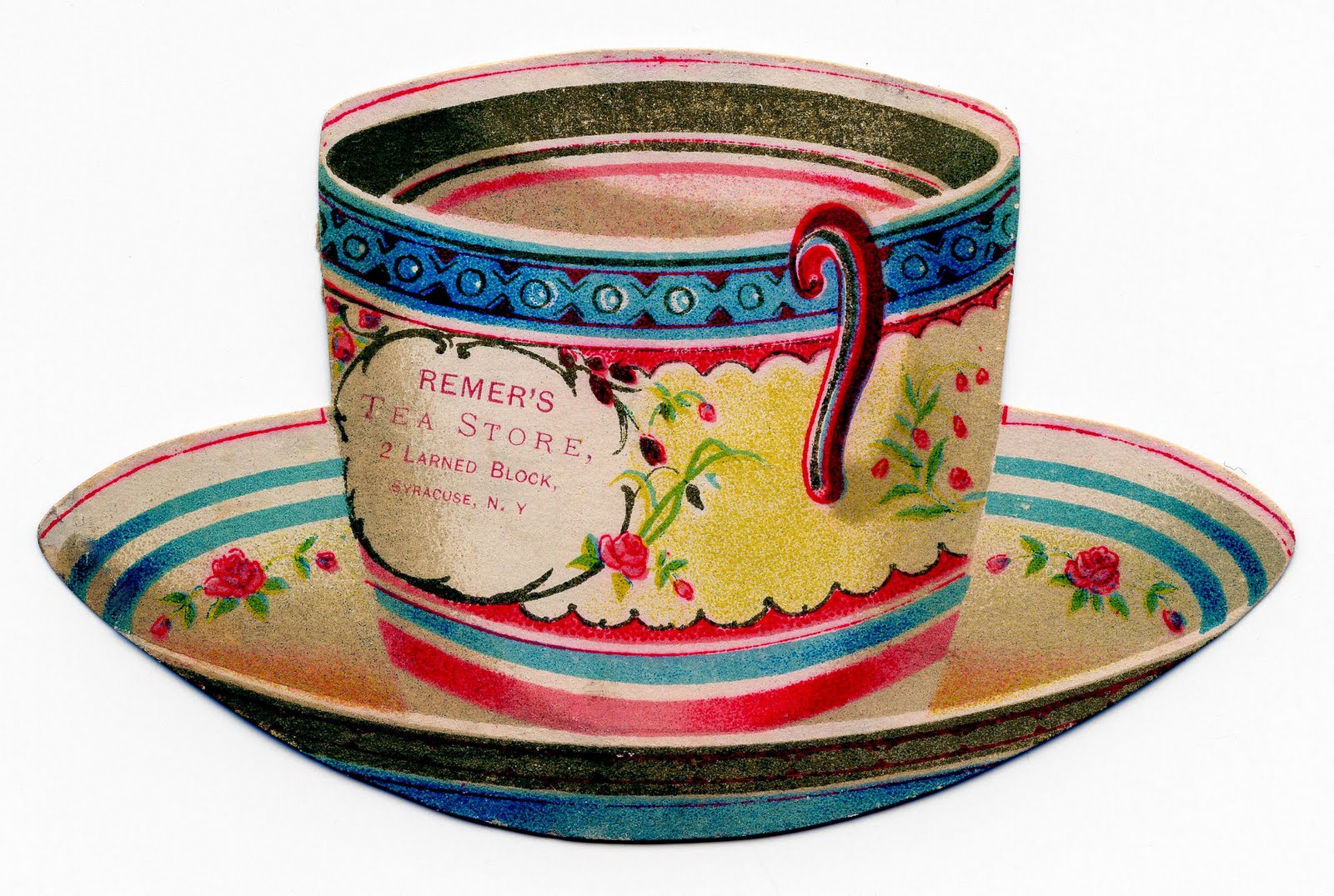
One of my tried and true "emergency" treatments is to resuscitate myself with a cup of tea. Taking those few minutes allows my thoughts to settle and often, I regain the clarity and energy I need to meet the next wave of challenges.
If each person reading this blog wrote down all the things they do to care for themselves when they do have time, the list might be very long: making art, running, yoga, getting together with friends, reading, rock climbing, going to a movie, listening to music, swimming, dancing, hiking, hitting the beach, etc.
There may also be an intermediate level of self-care. We want to create ways to sustain ourselves while at, or after work, --an ongoing renewal-- when we don’t have the opportunity to travel to our favorite get away or sanctuary for a few days.
Recently, I presented a workshop on self-care to our Child Life Specialists Network of Sacramento, in which I shared many of these ideas with them.
Afterwards, I introduced and led them through a SoulCollage® workshop; a wonderful and pretty quick route to renewal. We looked right into the heart of the matter: “What sustains me? What nourishes me?”
The results were astonishing. Many participant's artwork revealed aspects of themselves not readily seen. Many uncovered feelings that may have lain hidden, unexplored or simply forgotten.
One of the most surprising results was my own collage. Initially I thought it must have come from my silly side, the side that remembers the theme music from Captain Kangaroo, or spontaneously makes up nonsensical songs. What I realized the next day though, was that in fact, the dancers in their rabbit costumes extolled the power of partnership as a means to self-care. For those introverts among us, we sometimes forget that a powerful form of renewal is to share the company of others.

